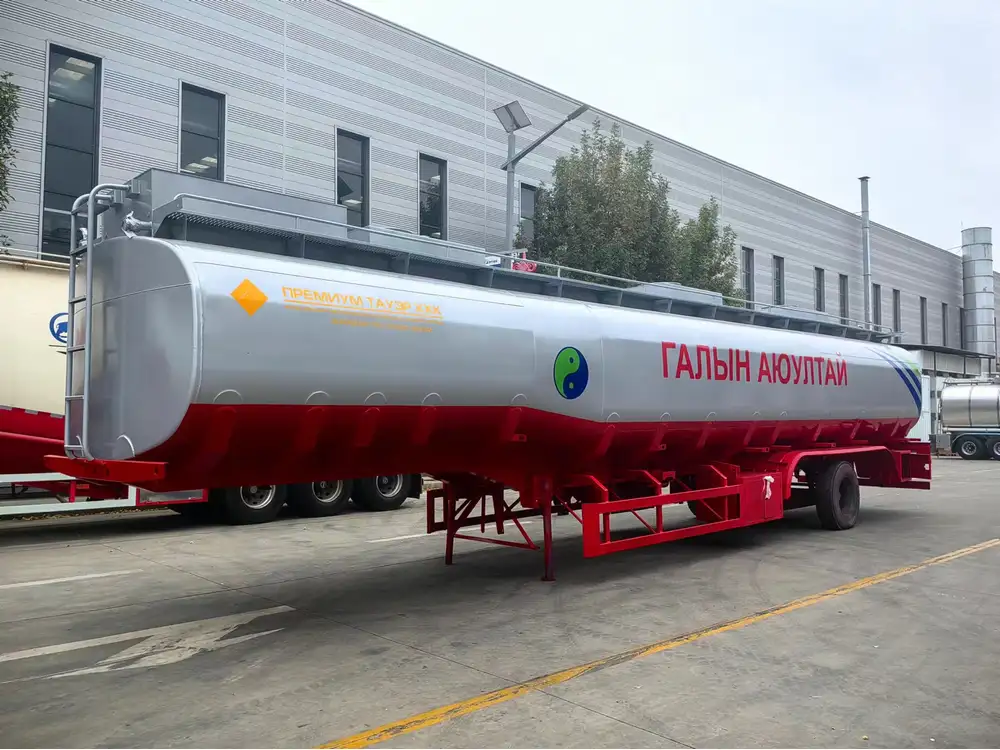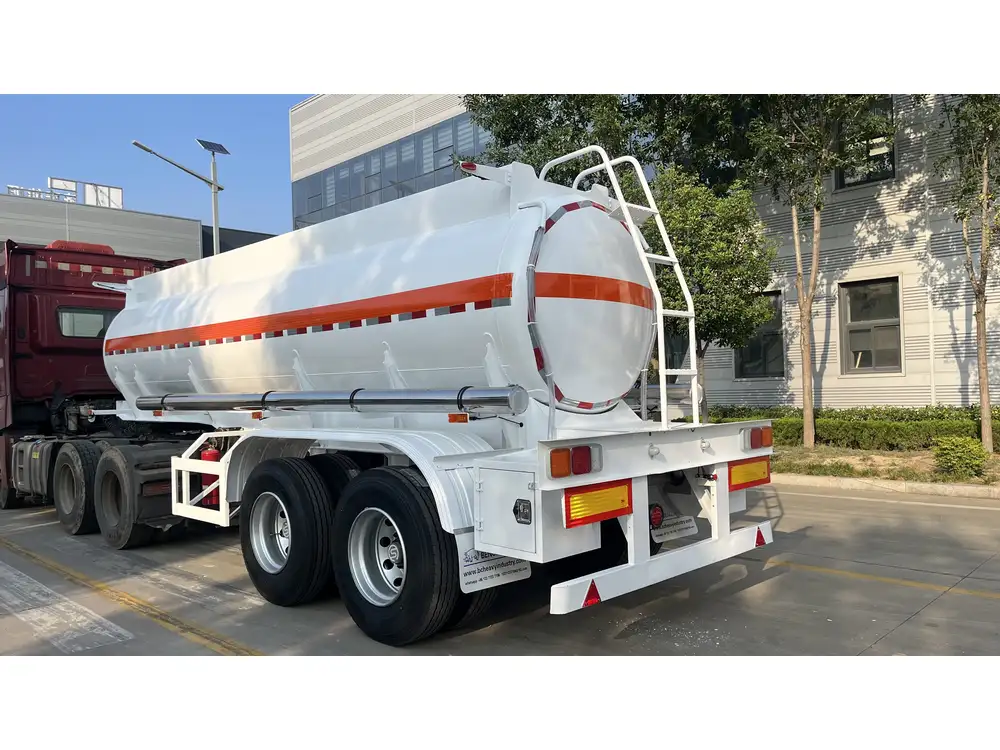In the rapidly evolving realm of maritime commerce, securing a reliable and affordable means of transport is paramount. For those in search of a second hand oil tanker for sale in Libya, the market offers a variety of options that can cater to diverse operational needs. This guide delves deep into the various aspects of acquiring a second hand oil tanker, from key considerations to the advantages and risks, and how CarMax Vehicle stands out in this competitive landscape.
Understanding the Demand for Second Hand Oil Tankers
The Libyan Oil Industry Landscape
Libya is endowed with vast oil resources, a significant contributor to its economy. The nation plays a pivotal role in the global oil supply, necessitating a robust fleet of tankers for efficient transportation. The influx of organizations looking to capitalize on this resource creates a thriving market for second hand oil tankers.

Why Choose Second Hand Over New
Acquiring a second hand oil tanker presents numerous advantages:
- Cost-Effectiveness: Reduced upfront investment compared to brand new tankers.
- Immediate Availability: Ready for use, eliminating the waiting period associated with new builds.
- Proven Performance: Established track records allow for more informed decisions.
Factors to Consider When Purchasing Second Hand Oil Tankers
Condition and Maintenance History
The condition of the tanker is paramount. A thorough inspection should be conducted, reviewing:
- Structural integrity
- Engine performance
- Previous maintenance records
An oil tanker in good condition reduces the risk of costly repairs down the line.

Regulatory Compliance
Ensuring compliance with both national and international maritime regulations is critical. Buyers must:
- Verify compliance with the International Maritime Organization (IMO) standards.
- Confirm adherence to local environmental regulations specific to Libya.
Capacity Requirements
Identifying the right capacity for your operational needs is essential. Potential buyers might analyze the following capacities:
- Small Tankers: Usually range from 1,000 to 10,000 deadweight tonnage (DWT), suitable for coastal operations.
- Medium Tankers: These fall between 10,001 to 30,000 DWT, servicing short to medium routes.
- Large Tankers: Offering capacities exceeding 30,000 DWT which are ideal for long-haul voyages.
Financing Options
The financial aspect cannot be overlooked. Buyers should explore:
- Direct purchasing
- Financing through maritime banks
- Leasing arrangements
Analyzing these options can alleviate the financial burden often associated with large purchases.

Seller Reputation
Working with recognized manufacturers and sellers, such as CarMax Vehicle, can streamline the purchase process. A reputable seller often guarantees:
- Quality assurance
- Transparency in transactions
- After-sale support and services
Keyword-Rich Table of Second Hand Oil Tankers
| Type of Tanker | Capacity (DWT) | Ideal Usage | Average Price Range (USD) |
|---|---|---|---|
| Small Oil Tanker | 1,000 – 10,000 | Coastal Shipping | $500,000 – $1,500,000 |
| Medium Oil Tanker | 10,001 – 30,000 | Short to Medium Routes | $1,500,000 – $5,000,000 |
| Large Oil Tanker | 30,001+ | Long-haul and International Lines | $5,000,000 – $15,000,000+ |
Benefits of Collaborating with CarMax Vehicle

Expertise in Manufacturing
At CarMax Vehicle, our commitment to quality and reliability distinguishes us from competitors. We specialize in fabricating tankers tailored to meet diverse maritime needs. Each tanker undergoes rigorous testing and repairs to ensure excellent operational efficiency.
Customization Options
Clients can benefit from our unique customization offerings:
- Tailored design adjustments based on operational demands
- Enhanced technology installations for improved performance (e.g., eco-friendly systems)
Global Network
Operating on a global scale allows CarMax Trailer to facilitate connections with various stakeholders in the maritime sector. This network aids in sourcing potential buyers, conducting transactions seamlessly, and following up on post-sale needs.

The Risks Involved
While purchasing a second hand oil tanker has numerous benefits, it is important to be aware of the possible risks:
- Hidden Defects: A seemingly sound tanker might bear hidden mechanical issues.
- Market Fluctuations: The oil market is subject to volatility which can impact profitability.
Mitigation Strategies
To counter potential risks, prospective buyers should:
- Conduct thorough sea trials and inspections with qualified professionals.
- Acquire warranties or guarantees to safeguard their investment.
Conclusion
In conclusion, the quest for a second hand oil tanker for sale in Libya opens up a plethora of opportunities but demands careful navigation. Understanding the intricacies of the market, along with a strategic approach to purchases can yield substantial benefits. By partnering with experienced manufacturers like CarMax Vehicle, buyers are better equipped to find a suitable and reliable tanker that meets their needs while ensuring compliance and performance.

FAQs
1. What is the average lifespan of a second hand oil tanker? The average lifespan of a second hand oil tanker typically ranges from 15 to 25 years, though this can vary significantly based on maintenance, usage, and operational conditions.
2. How do I finance a second hand oil tanker? Financing can be obtained through traditional banks specializing in maritime financing, leasing companies, or directly from the seller through installment options.
3. Are there specific regulations for oil tankers in Libya? Yes, oil tankers operating within Libyan waters must comply with both international IMO regulations as well as local environmental laws.
4. Can I inspect a second hand oil tanker before purchasing? Absolutely. It is advisable to conduct a thorough inspection and a sea trial, ideally with a maritime expert, to assess the tanker’s condition and performance before making any commitments.













Reviews
There are no reviews yet.